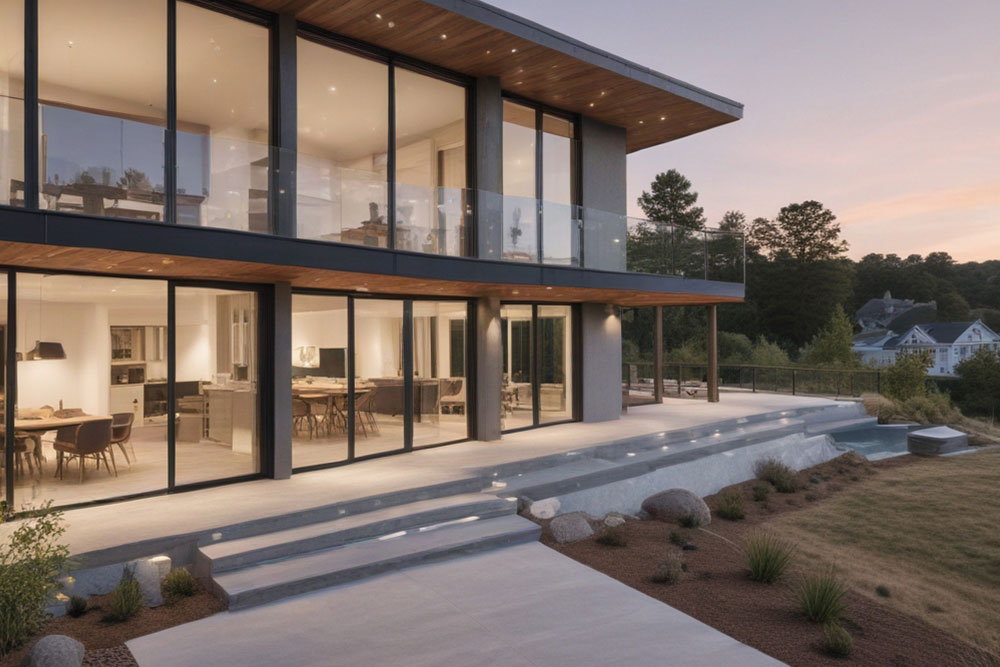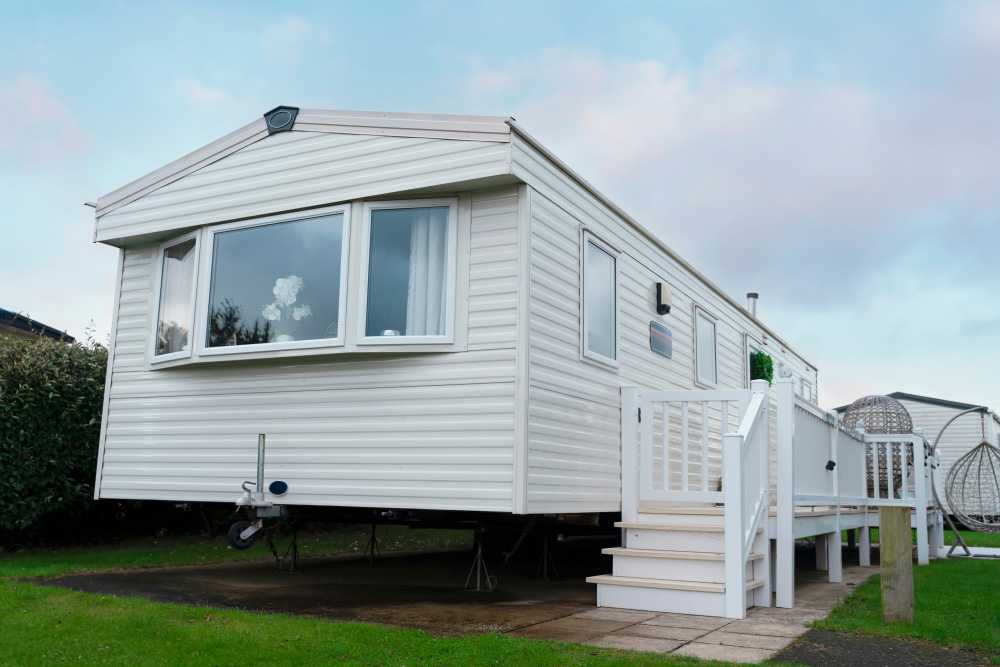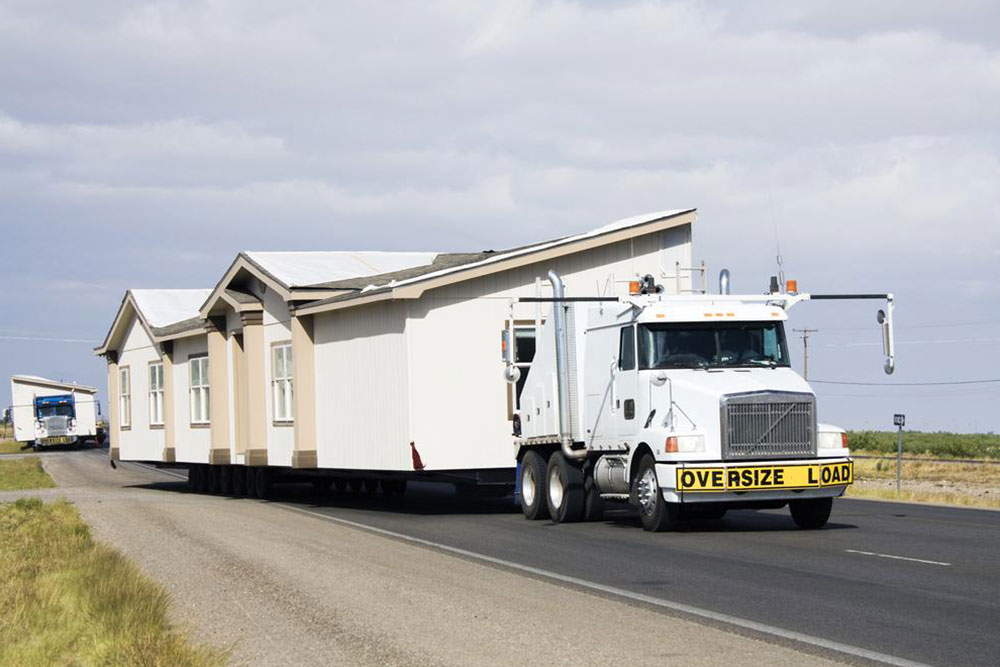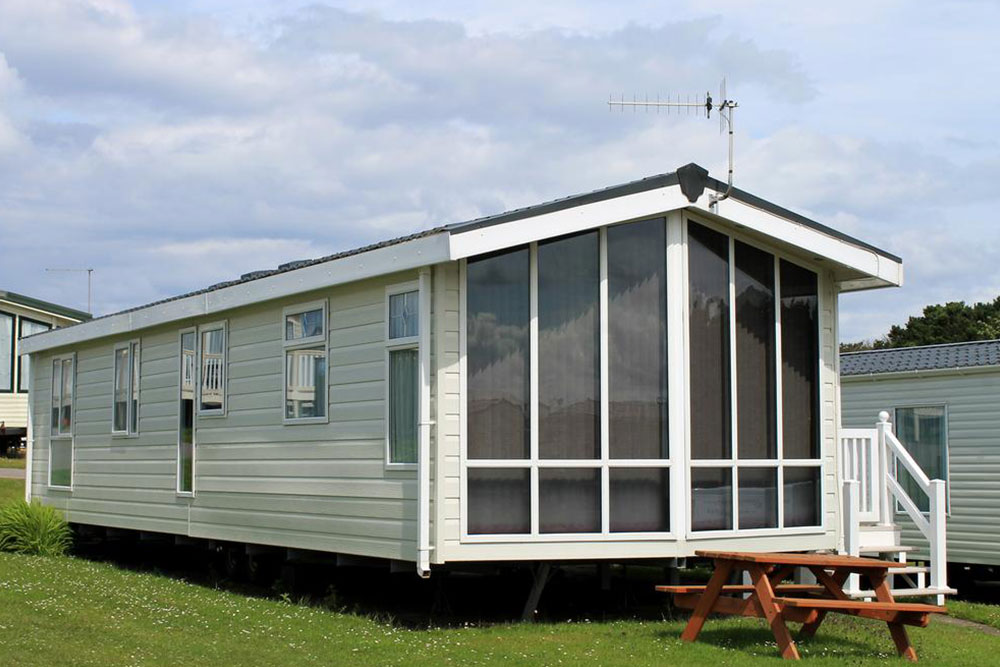Discovering the Varieties and Advantages of Prefab Modular Homes
Explore the diverse world of prefab modular homes, including their types, unique benefits, and practical advantages. This guide highlights how modular construction offers speed, quality, sustainability, and affordability, making it a compelling choice for modern homeowners. Discover options like single-family, luxury, tiny, and two-storey designs, along with insights into eco-friendly features and cost savings. Whether you're interested in downsizing, sustainable living, or quick construction, modular homes provide customizable solutions suited to various needs and budgets, transforming住房 quality across the UK and beyond.
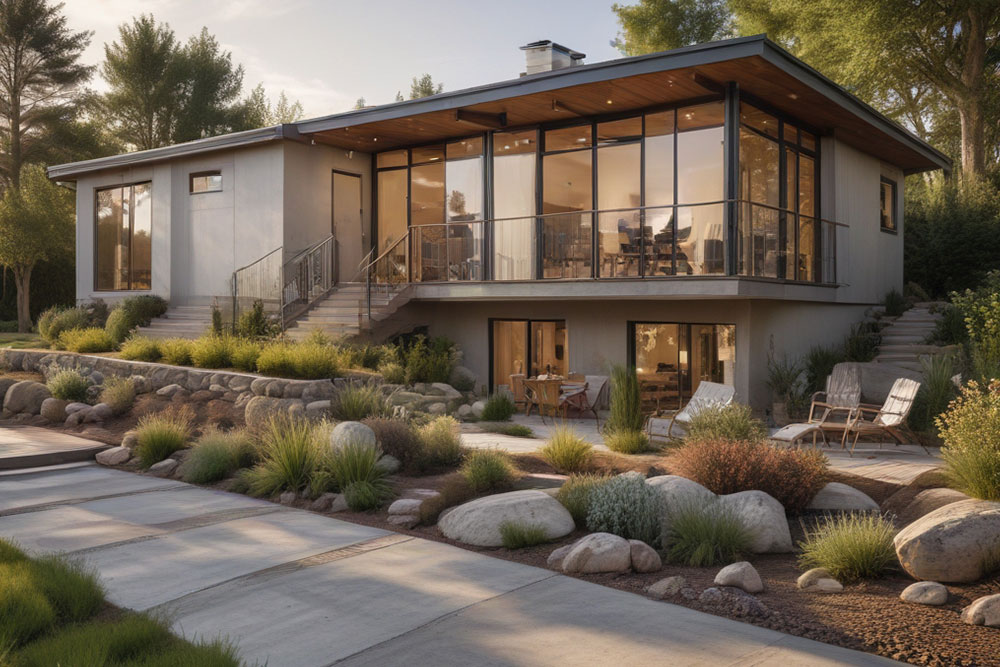
Prefab modular homes are efficiently constructed dwellings assembled from sections built off-site in controlled factory environments. These modules can be delivered partially or fully assembled, then installed on a permanent foundation at the desired location. Thanks to precise manufacturing processes, these homes often surpass traditional building accuracy. Not all prefabricated houses are modular; they come in various styles and price ranges tailored to different needs and budgets.
Types of Modular Homes
The modular housing sector has experienced rapid growth, offering a wide array of designs and sizes suitable for diverse lifestyles, spatial constraints, and financial plans.
Single-family Modular Residences These homes are designed to meet standard family requirements, featuring multiple bedrooms, bathrooms, and communal areas. Custom options include open-layout kitchens and energy-saving features, available in both classic and contemporary styles.
Modular Bungalows Single-story modular homes ideal for retirees or those with mobility needs. Their compact yet spacious designs incorporate all amenities of larger homes, making them suitable for small plots.
Two-story Modular Homes Perfect for expanding families, these homes maximize vertical space, providing more living area without expanding the building footprint. They typically include multiple bedrooms, large living zones, and optional home offices, popular in urban settings with limited land.
Luxury Modular Homes Built with high-end materials, these residences often feature custom architecture, smart home systems, underfloor heating, and eco-friendly systems such as solar panels. Personalization options are extensive, allowing for bespoke interiors and layouts.
Flat-pack Homes Also known as DIY kit homes, these are delivered in parts and assembled on-site, offering affordability and quick construction. While some DIY involvement is possible, expert help is recommended for complex designs.
Tiny Modular Homes Embracing minimalist lifestyles, these compact units (around 100-400 sq ft) evoke efficiency and sustainability. They are ideal for individuals or couples, secondary residences, or eco-conscious living.
Benefits of Modular Housing Modular homes provide numerous advantages over conventional building methods, making them a popular alternative.
Quick Construction Factory-based assembly shortens build times significantly, often completing projects 20% faster than traditional homes, enabling quicker move-ins and reduced living expenses.
Quality Assurance Built to strict standards, modular homes benefit from precise manufacturing, rigorous inspections, and fewer defects, resulting in higher durability and consistency.
Lightweight and Versatile These homes are lighter than traditional brick structures, allowing placement on various sites, including urban infills or restricted plots, without compromising strength or design options.
Eco-Friendly Features Manufacturing in controlled environments reduces waste, and many modular homes incorporate energy-efficient elements like triple-glazed windows and solar panels, lowering environmental impact.
Cost-Effective Typically, modular homes cost 20-30% less than conventional counterparts, making them accessible for first-time buyers or those seeking sustainable housing options. Prices vary based on size, customization, and location.
Lower Labor Costs Reduced onsite construction minimizes labor expenses and delays, leading to cost savings and faster project completion. Financing and interest costs are also lower due to shorter build durations.
Overall, modular homes are a practical, sustainable, and economical alternative to traditional building, suitable for a wide range of buyers and locations.


